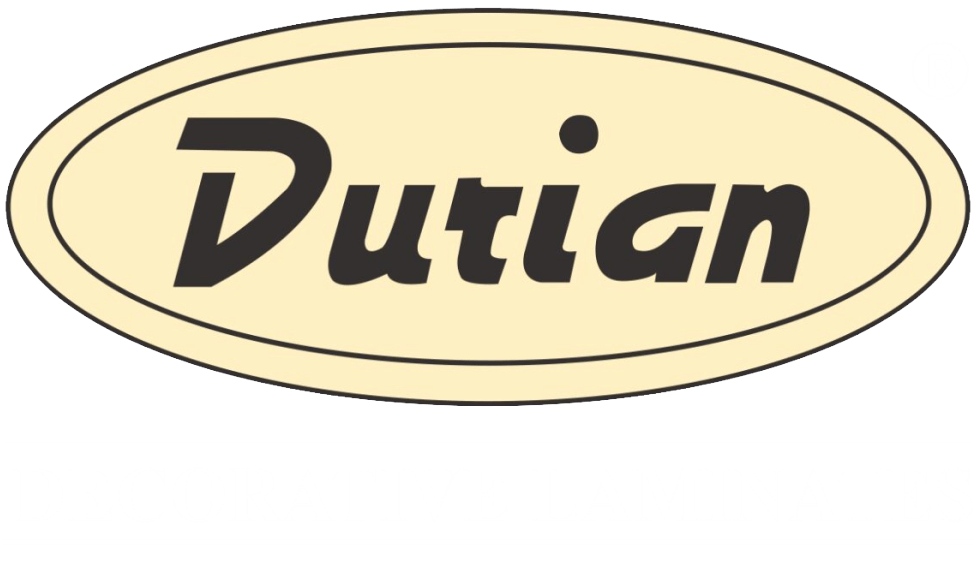When it comes to choosing the right materials for your interior design project, HPL sheet have become a popular option due to their durability, versatility, and ease of maintenance.
However, with so many options available, it can be overwhelming to know where to start. In this ultimate guide to HPL sheets, we’ll cover everything you need to know about this material, including its composition, properties, benefits, and applications.
1. What are HPL sheets?
High-Pressure Laminate (HPL) sheets are a type of synthetic material made from multiple layers of paper or fabric fibers impregnated with thermosetting resins and fused together under high pressure and temperature. The top layer of the sheet is coated with a transparent protective layer that can be customized with various colors, patterns, textures, and finishes.
2. How are HPL sheets made?
The process of making HPL sheets involves several steps:
- Preparing the core material: Multiple layers of kraft paper or fabric fibers are soaked in phenolic or melamine resins and dried to form a rigid, stable core that provides strength and stability to the sheet.
- Coating the decorative layer: A layer of decorative paper or fabric is printed with desired designs, colors, textures, or finishes and then impregnated with melamine or phenolic resins to make it more durable and resistant to scratches, stains, and wear.
- Assembling the layers: The core and decorative layers are then combined with a layer of phenolic or melamine resin and compressed under high pressure and temperature in a hydraulic press to fuse the layers together and form a rigid, stable sheet.
3. What are the properties of HPL sheets?
HPL sheets have several properties that make them suitable for a wide range of applications:
- Durability: HPL sheets are highly resistant to scratches, impact, moisture, heat, and chemicals, making them ideal for high-traffic areas such as hospitals, schools, airports, and hotels.
- Stability: HPL sheets have a low coefficient of expansion and contraction, meaning they won’t warp or deform due to changes in temperature or humidity.
- Versatility: HPL sheets can be customized to mimic the look and feel of natural materials such as wood, stone, metal, or leather, or create unique patterns, colors, or textures.
4. What are the benefits of using HPL sheets?
There are many benefits to using HPL sheets in your interior design projects:
- Longevity: HPL sheets are designed to withstand wear and tear for many years, making them a cost-effective option for commercial and residential applications.
- Design flexibility: With a wide range of colors, patterns, and textures available, HPL sheets can be used to achieve a variety of looks and styles, from classic to contemporary.
- Low maintenance: HPL sheets are easy to clean and require minimal maintenance, making them an ideal choice for busy commercial spaces or homes with children and pets.
5. How to choose the right HPL sheet for your project?
Choosing the right HPL sheet for your project can be overwhelming, but there are a few factors to consider:
- Color and pattern: Choose a color and pattern that complements your design aesthetic and fits within your project budget.
- Finish: Decide on the finish that best suits your project needs, whether it be matte, glossy, or textured.
- Thickness: Consider the thickness of the HPL sheet, as thicker sheets may be more durable but also more expensive.
Conclusion
It’s worth noting that Durian laminates are an excellent brand of HPL sheets that offer superior quality and aesthetics. With their wide range of colors, patterns, and finishes, Durian laminates can add elegance and sophistication to any interior design project. Overall, Durian laminates are a reliable and stylish option for those looking to incorporate HPL sheets into their home or commercial space.


No Comments